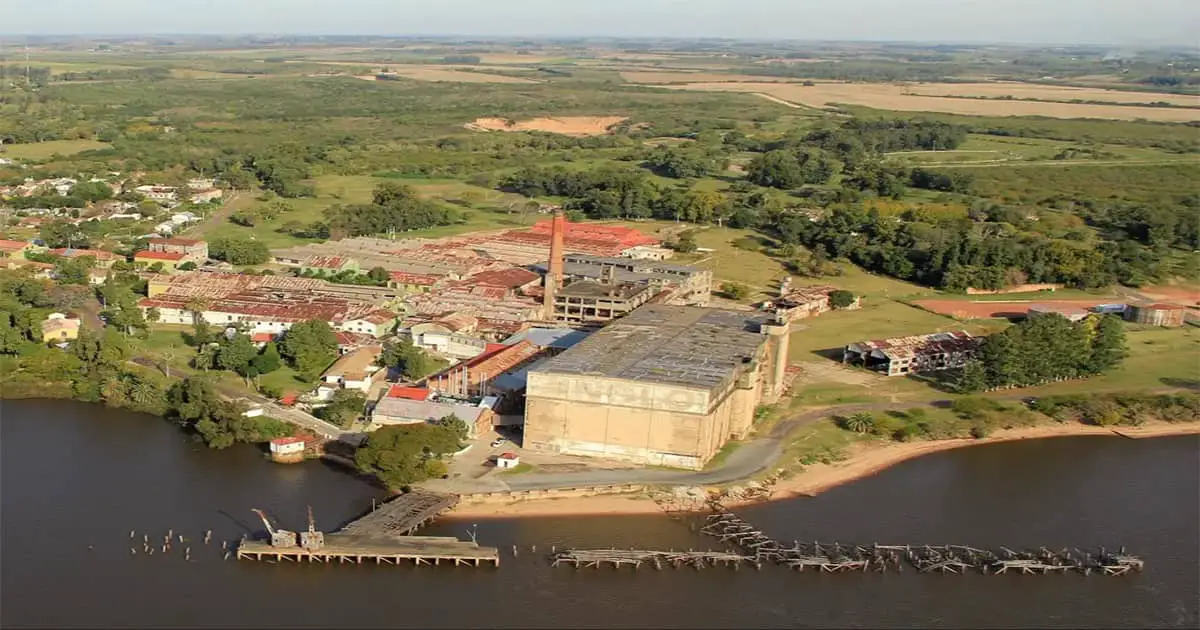History of Abandoned Anglo Meat Packing Plant in Uruguay
A company called ‘Anglo’ established a meat packing plant on the Uruguay River in 1899. It attracted workers from more than 50 countries. The factory (owned by Liebig at the time) was closed in 1979.

Its iconic corned beef cans became famous worldwide as symbols of the two wars, appearing in the films “Gallipoli” (in which cans of corned beef are shown in the middle of the First World War battle) and “The English Patient.”
Fray Bentos, located along the Uruguay River, is famous for being the manufacturing center for Fray Bentos corned beef and other meat products that fueled soldiers during the First and Second World Wars. The Frigorfico Anglo del Uruguay – better known in English as the Anglo Meat Packing Plant – is the factory behind the famous canned food.

The town of Fray Bentos, where the plant is located, became known as “The Great Kitchen of the World” for its meat products, and its products became essential to British soldiers during the war.
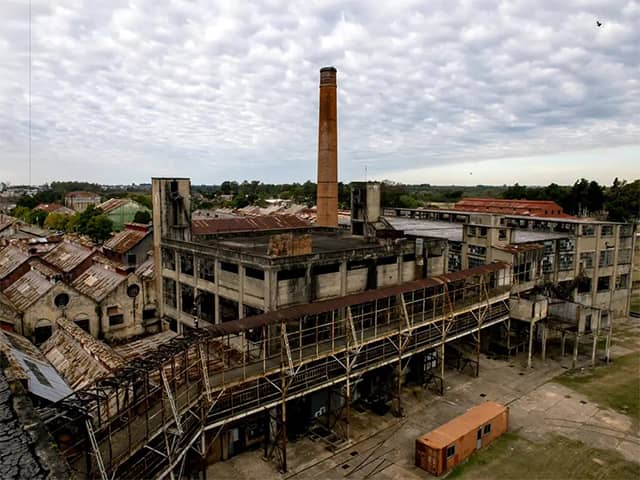
AP/Matilde Campodonico
Follow us on Facebook
“Our products not only filled European stomachs; they also ended up getting into European hearts and minds,” Rene Boretto, director of the Museo de la Revolución Industrial, told the BBC. “During World War I, soldiers would say ‘Fray Bentos’ to indicate that something was good, similar to how we say OK today.”
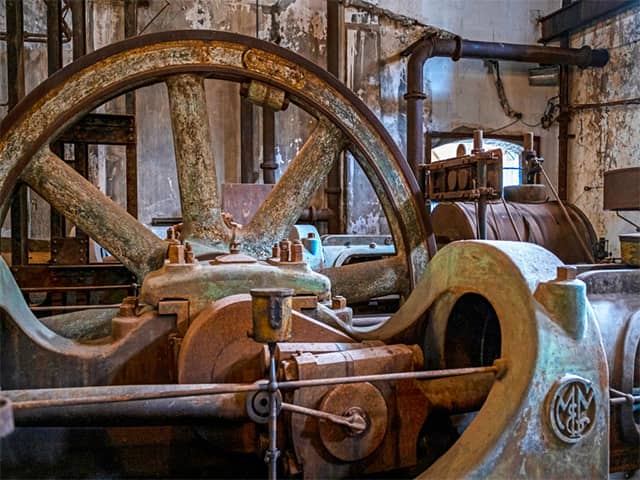
Justus von Liebig, a German chemist, invented the bouillon cube in the nineteenth century. To capitalize on the product, he established Liebig’s Extract of Meat Co. and established a cattle processing plant in Uruguay with Georg Gieber, a Belgian engineer.
While von Liebig could have set up shop anywhere, he chose the location along the Uruguay River because it had its own harbor, allowing him to export his products cheaply and on his own schedule. Raising cattle in South America was also less expensive than in Germany.
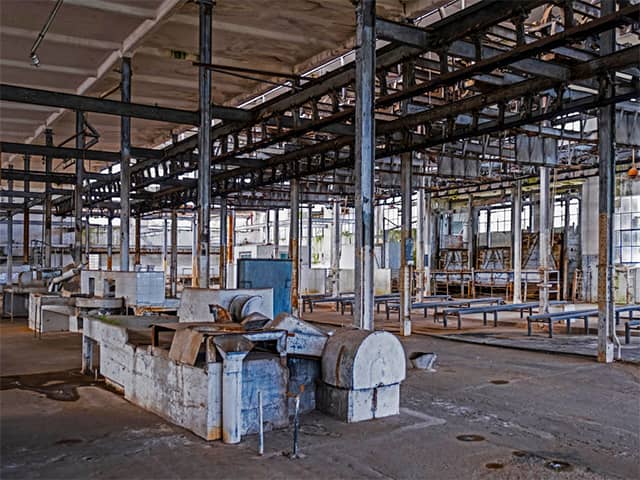
The factory began producing corned beef under the name Fray Bentos in 1873, after the nearby town. The product was aimed at Europe’s working class and quickly became popular. In fact, there was such a high demand that the factory had to expand to accommodate the required number of workers.
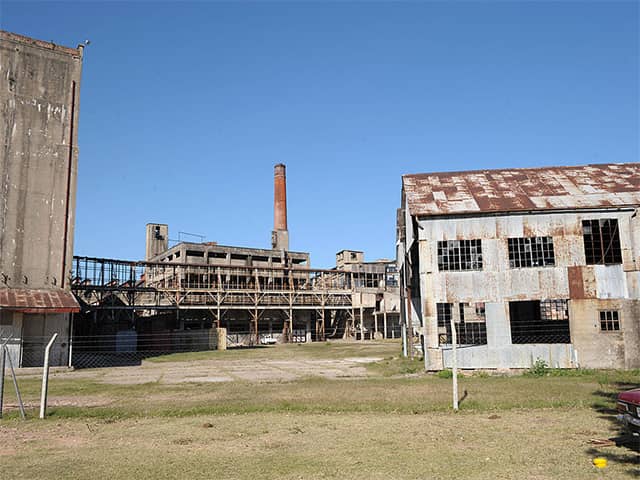
We are on Pinterest
Within a short time, the area surrounding the factory had its own cleaning and garbage services, brick houses, a school, a social club, and a hospital. They merged to form the “Barrio Anglo” along the Uruguay River’s edge, which became known as a city-within-a-city.
Today’s Anglo Meat Packing Plant
The location now houses the Industrial Revolution Museum, which displays old images of the facility and its original gear.
Marfrig, a Brazilian food manufacturer, established itself at Anglo Meat Packing Plant in 2008. It produced corned beef but lacked the rights to the Fray Bentos brand. The factory was designated a UNESCO World Heritage Site seven years later.
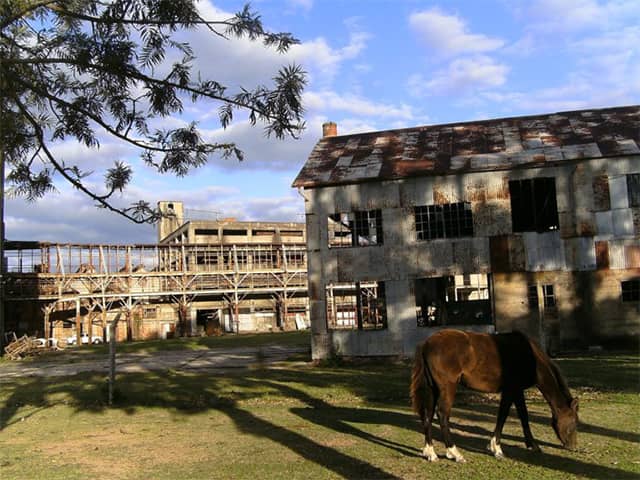
A portion of a factory now houses the Museo de la Revolución Industrial, which displays artifacts from the factory’s heyday. These include original Fray Bentos cans, posters, delivery trucks, typewriters, firefighting equipment, and photographs of employees at work.
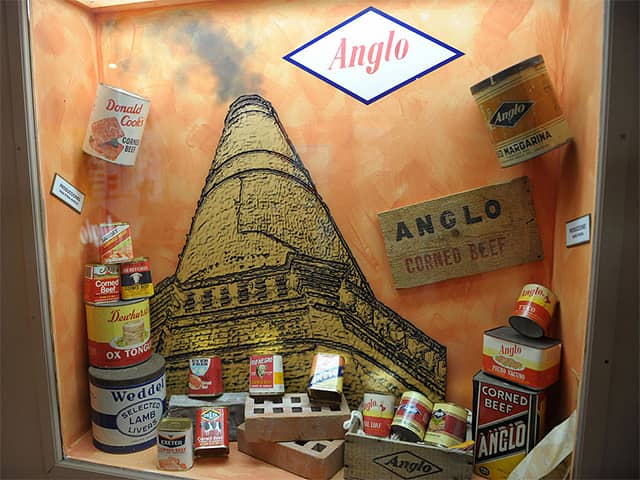
Because of the size of the factory, it also houses other businesses. One section, for example, has been taken over by a local university. The majority of the site, however, has remained largely unchanged since it was abandoned decades ago, displaying the wear and tear of disuse and disrepair.
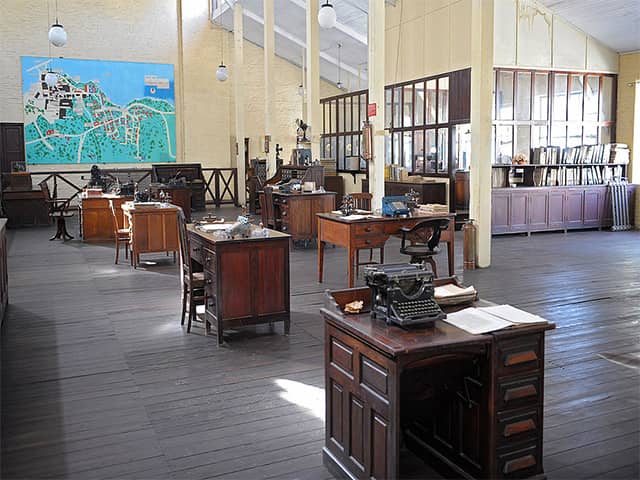
Read another article: Romanesque Revival Architectural United Methodist Church
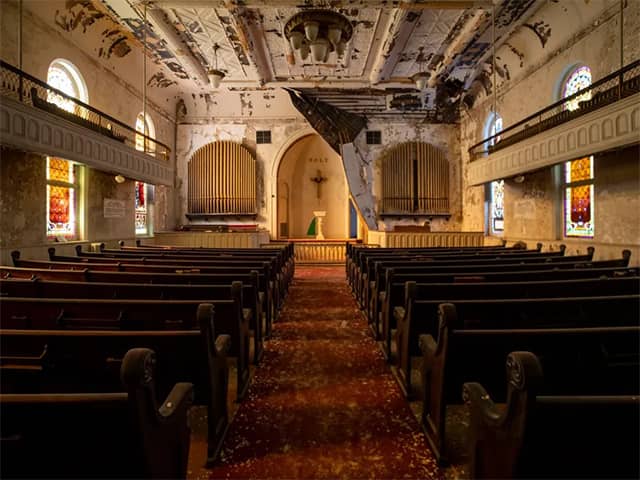
This magnificent United Methodist Church is a rare example of Romanesque Revival architecture. The church was built in 1844 as a Greek Revival structure, but it was enlarged and a new façade was added in 1897.

